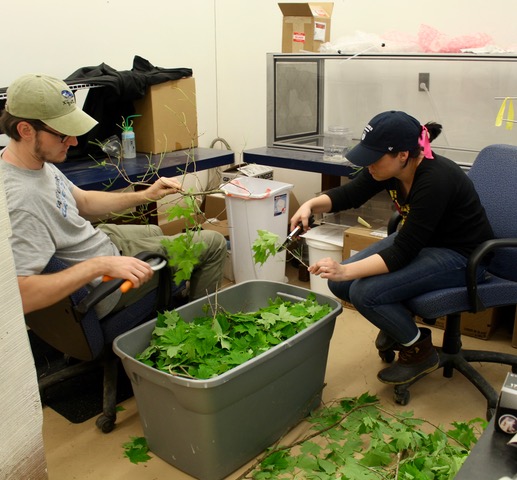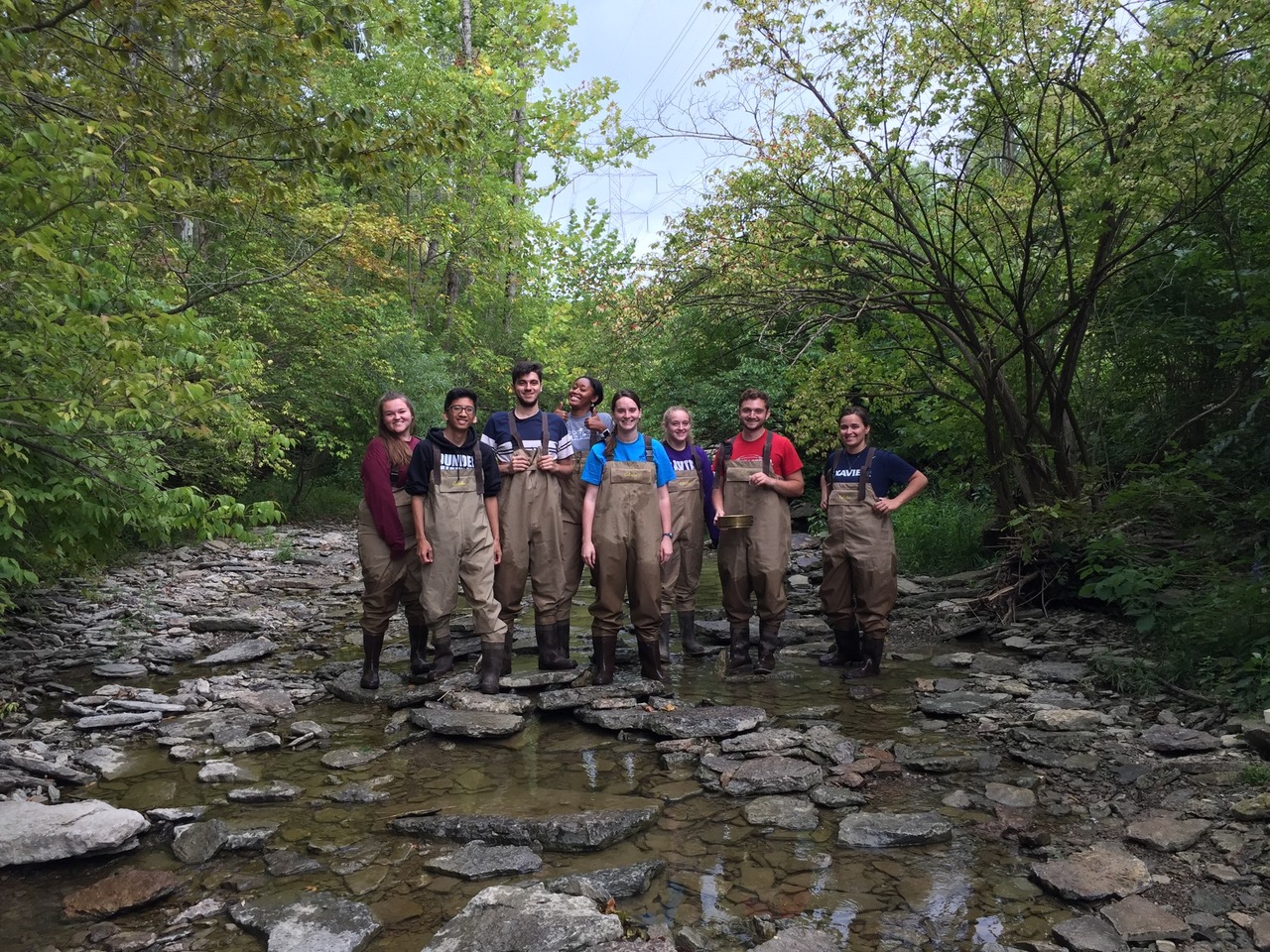Recent Student Projects
Influence of socioeconomic determinants on HIV prevalence in urban vs rural counties within the U.S

Nnenna Ifeanyi, Tamara Mahmoud, Mari Price, and Mundayi Nlandu
There exists a misconception that the growing HIV population is due to irresponsibility and risky behaviors undertaken by individuals. This attitude ignores complex sociological factors that influence the risk environment, both increasing the probability of risky behavior and the risk involved. Previous research has shown the importance of socioeconomic factors in differences in HIV prevalence across countries as well as in metropolitan cities throughout the U.S. However, there is a need for greater information about how risk environments within a country or region differ. We therefore examined HIV prevalence in rural and urban counties within the United States as a function of several key socioeconomic variables. Overall, our results indicated that income inequality and education levels influenced HIV prevalence more significantly in urban counties while poverty had more significant effects in rural counties. The ratio of adult males to females played an important role in both.
Tree ring analysis to monitor and predict Asian log-horned beetle spread

Stephen Todd
In June of 2011, a population of Asian longhorned beetle (Anoplophora glabripennis Motschulsky) was detected in Clermont County, OH. Asian longhorned beetle (ALB) poses a serious threat to natural and managed forests in the United States. If new populations of ALB establish or if existing populations expand, the costs of the resulting damage could exceed $669 billion, and could lead to a mortality rate of 30% of trees in North American hardwood forests. Although the status of the infestation in Ohio has been closely tracked by state and federal surveys, it is unclear how quickly the invasion was detected. Using tree ring analysis, we seek to conclusively determine when ALB first established in Ohio. We determined the date that a tree was first infested by dissecting and sanding infested sections of trees, marking oviposition sites and exit holes, and counting growth rings. Our data will be used to help delineate quarantine boundaries for existing infestations and to inform trapping and survey efforts for new infestations.
Temporal assessment of habitat quality and aquatic macroinvertebrate communities in the Mill Creek Watershed, Cincinnati, Ohio

Rachel Neff, Alyssa Shafor, Ryan Villaver, Sophie Racey and Mollie McIntosh
Urban streams are often impacted by multiple stressors that can lead to ecosystem degradation. The Mill Creek Watershed, located in Cincinnati, Ohio, has been historically implicated as a degraded urban watershed due to cumulative effects of industrial effluents, combined sewage overflows and channelization. Since the establishment of the Clean Water Act, local and state efforts to monitor and improve water quality have been ongoing, however, more baseline data on current stream conditions are needed. The main objective of this study was to assess habitat quality and macroinvertebrate communities within the Mill Creek Watershed overtime. Single assessments were conducted at nine different sites along four streams within the watershed from 2014 to 2017. Quantitative (riffle) and qualitative (multi-habitat) aquatic macroinvertebrate
samples were collected and Ohio Qualitative Habitat Evaluation Index (QHEI) scores were determined for each site. Preliminary results indicate little variation in habitat quality and the aquatic macroinvertebrate community overtime; however, high variation was observed across sites for all study years. Information gained from this study will help to better understand the current condition, detect future impairments, and guide management decision